
|
Is it a dolphin or a porpoise? A salamander or a lizard? There are many animal pairs that look a lot alike, but are actually quite different, that make us scratch our heads in confusion or just lump them together. However, if you know what to look at, the differences can become quite obvious. So we've collected the 10 most confused animal pairs, and have given you some pointers about how to tell the difference!
|
|
|
10 |
Asian and African Elephants |
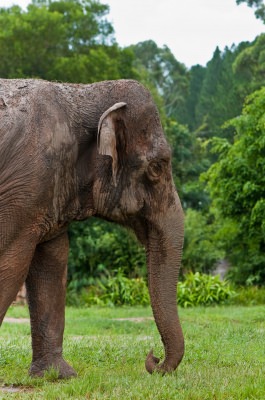 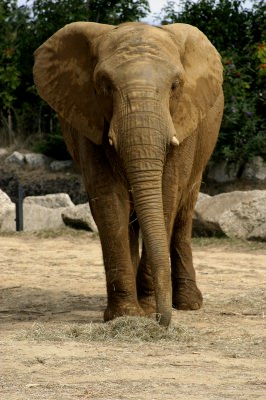 |
|
|
African and Asian elephants can look very similar from afar, it's only through counting that we know how to identify one over the other. There are easy ways to do this. Ears are an important comparison, African elephants have bigger ears than their Asian counterparts, to better cool off. Another way is to count the number of of 'fingers' each elephant has at the end of their trunk. The African elephant will have two fingers, while the Asian will only have one. The last way we'll teach you is to count the bumps on their head or 'domes'. Here it will be the Asian elephant that has two, while the African elephant has only one.
|
|
|
9 |
Alligators and Crocodiles |
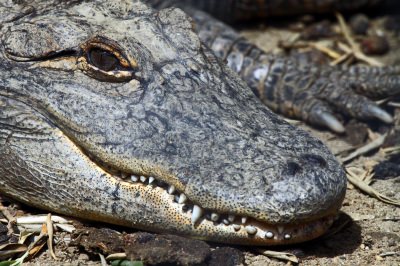 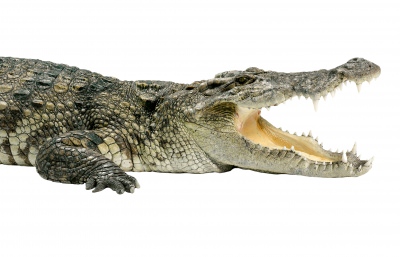 |
|
|
This happens all the time, and although alligators and crocodiles are 'crocodylian' by definition, these are two separate species with distinct features. How to tell them apart? Well, the snout is one giveaway, because the crocodile will have a V shaped snout while the Alligator will have a U shaped one. They also live in different places. Alligators are only found in the Americas and China, while crocs can be found in the Americas, South-East Asia, Africa and Australia. But the most important difference is: Crocs can lift their bodies off the ground, while alligators - cannot!
|
|
|
8 |
Turtles/Tortoises |
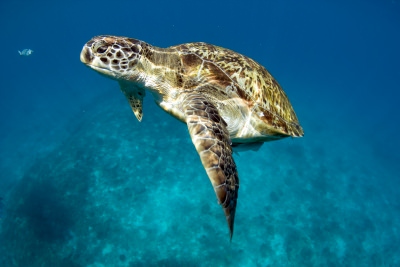 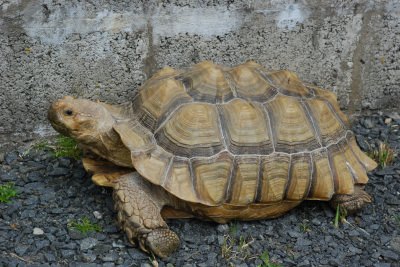 |
|
|
This one is usually more a verbal mistake than real confusion, because we're quite sure we all know that there is a difference between turtles that live on land and turtles that swim in the sea. Yet we often just call them turtles.
However, there is actually no land turtle. Turtles live nearly every second of their life in the sea, only appearing on land to lay eggs, while tortoises live only on land 100% of the time. Turtles have fins instead of stumpy legs, while the tortoise walks around on what looks like scaly sticks. Most importantly, these species are so different, they can't even mate. True, the word turtle is heaps more fun to say, but give the little guy his name back, it's a tortoise.
|
|
|
7 |
Toads/Frogs |
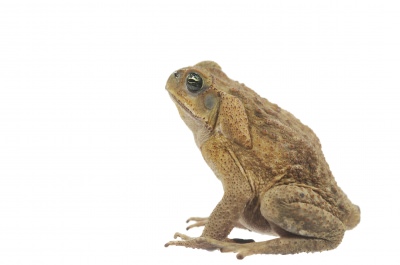  |
|
|
This one is tough for anyone, even scientists sometimes, because there are over 400 kinds of frogs and over 300 kinds of toad, so they can vary a lot in their appearance. Usually, frogs are smaller, have bulging eyes and do more hopping. They swim more, so their feet are webbed. Toads walk more, their legs won't be as developed. They have dry skin, as opposed to the frog's slimy skin. Toads have warts, frogs have smooth skin (although slimy).
|
|
|
6 |
Alpacas/Llamas |
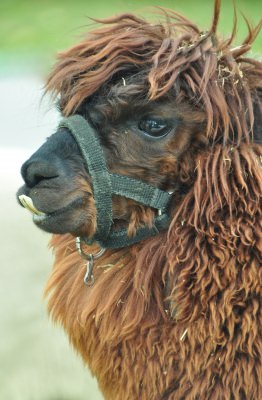 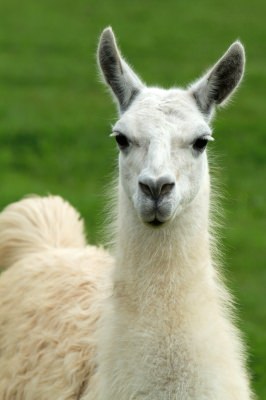 |
|
|
Llamas are twice the size of alpacas, but its easy to confuse the smaller alpaca with a young llama, or vice versa. They have different occupations: The llama was bred to be a transport beast, to carry packs, while the alpaca was bred for its lustrous fur, for strong fibers. Llamas can be used to guard alpacas, funnily enough, and so we may sometimes see them together in groups.
|
|
|
5 |
Seals / Sea Lions |
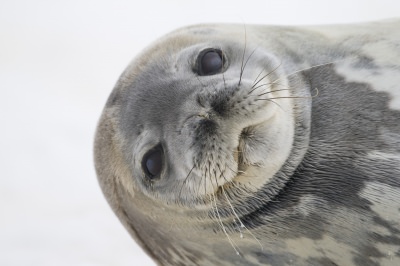 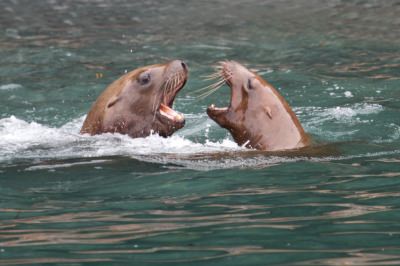 |
|
|
These two look a lot alike, and many have trouble identifying one over another. The key to making that call is the flippers.
Seals live more in the sea than sea lions do, and so they have trouble walking on land, and have to kind of shimmy along, unable to get a good hold. Sea lions can actually walk and even run on land. However, when it comes to the sea, the seals have the advantage and can dive much deeper than sea lions, which means they have access to more places in the ocean. Another difference is that Sea Lions have visible ear flaps whereas Seals have no ear flaps at all. Fur seals have ears but are not considered 'true' seals.
|
|
|
4 |
Dolphins/Porpoises |
 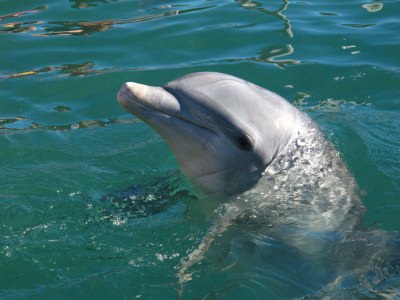 |
|
|
The porpoise is much rarer to see than the dolphin, and so they tend to get grouped with dolphins, and we just think: "Oh, what a weird looking dolphin!". But they are a separate species.
The easiest difference to spot is the snout. The dolphins have long snouts that elongate their faces, while the porpoise has a rounder head and a shorter snout, more like a whale. Porpoises a have a big triangular dorsal fin (back fin) while dolphins have a dorsal fin that is more curved, like a hook.
|
|
|
3 |
Leopards and Cheetahs |
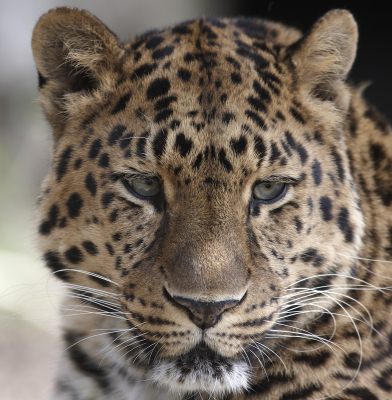 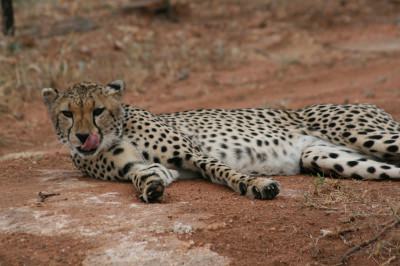 |
|
|
This one isn't very fair, because these are very different species. Both in how they act and how they look. The biggest and easiest difference to see is that cheetas always have round, solid spots on their fur. Leopards, on the other hand, have black patterns that look like broken rings.
Cheetahs are twice as fast as leopards and hunt during the day (otherwise they might crash into a tree at 50 mph), while the leopard is a night animal that likes to drag its prey up the trees. Both are kind of loner animals, but the cheetahs are a bit more social and will form groups of 2 -3 individuals at times.
|
|
|
2 |
Lizards / Salamanders
|
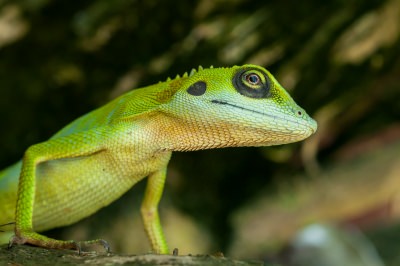 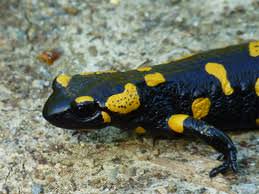 |
|
|
The skin of these animals is their biggest giveaway. The lizard has scales, yet the salamander has smooth, slimy skin (more like a frog), as they spend a large amount of time in the water. Lizards live on land and will rarely go to water. Lizards may also be better listeners, as only they have external ears. Lizards' eggs have hard shells, and the young lizard babies look like a smaller version of their parents. However, baby salamanders look more like tadpoles.
|
|
|
1 |
Donkeys/Mules |
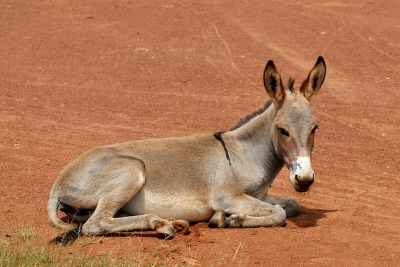  |
|
|
Donkies and mules do look a lot alike. But the differences are there - Mules have smaller ears than the donkey's famous larger ones, and their tail looks like that of a horse. Donkeys' tails look like cow tails (muscular and with little hair on it). But the main important difference is that donkeys can have children, while mules simply cannot. They are the result of breeding male donkeys with female horses, and so they are said to be stronger, calmer and better workers than the donkey. |
|
Images courtesy of: Tina Phillips, Bill Longshaw, Tom Curtis, Rob Bonneywell, Worakit Sirijinda, Bernie Condon, Juan Gnecco, africa, Liz Noffsinger, Vichaya Kiatying-Angsulee, papaija2008, Teerapun, Karen Shaw, think4photop, Gualberto107, antpkr, Hal Brindley, Michelle Meiklejohn, Michael Elliott / freedigitalphotos.net